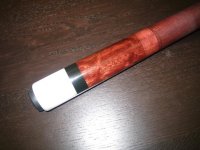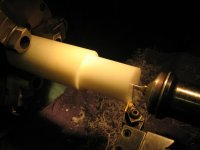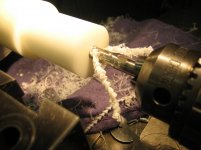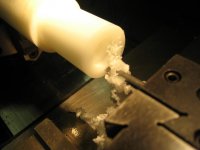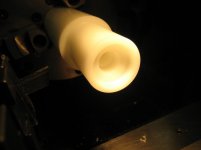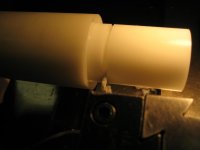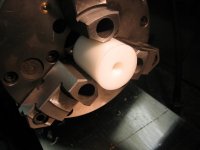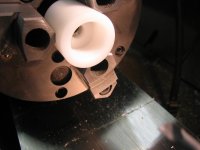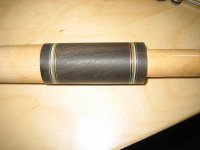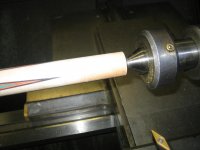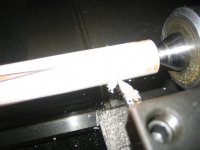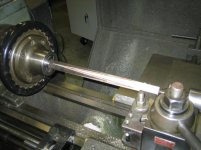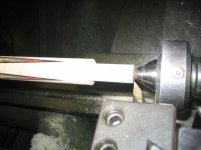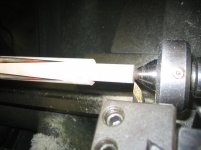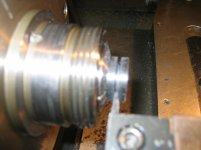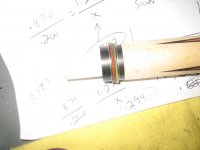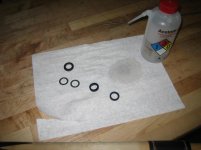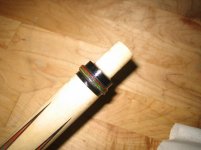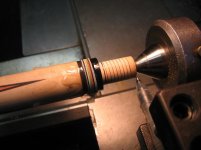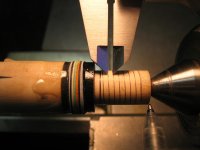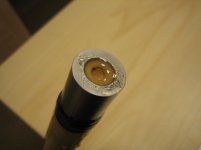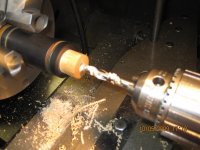Sounds good!
The last one was Delrin as well and it does sort of lend itself to looking like an old, classic cue.
The Ivory butt cap will probably look like a plastic 'simulated ivory" butt cap...
Plenty of time to decide; I just thought it might be nice to have an Ivory butt cap.
There is a weight penalty to using Ivory as well- it is (about) 30% heavier than Delrin...
Pic of my other butt cap:
The last one was Delrin as well and it does sort of lend itself to looking like an old, classic cue.
The Ivory butt cap will probably look like a plastic 'simulated ivory" butt cap...
Plenty of time to decide; I just thought it might be nice to have an Ivory butt cap.
There is a weight penalty to using Ivory as well- it is (about) 30% heavier than Delrin...
Pic of my other butt cap:
Attachments
Last edited:
